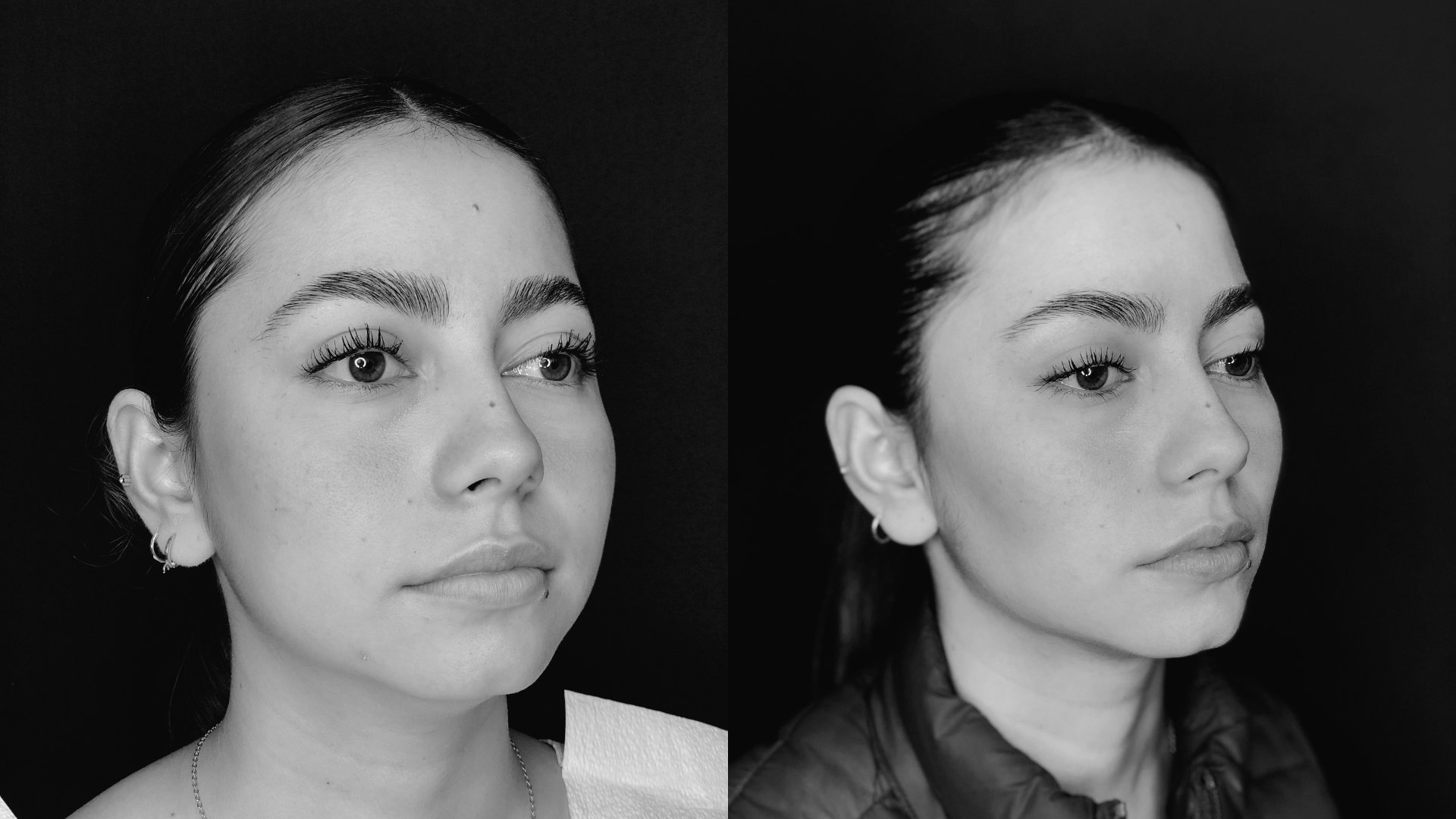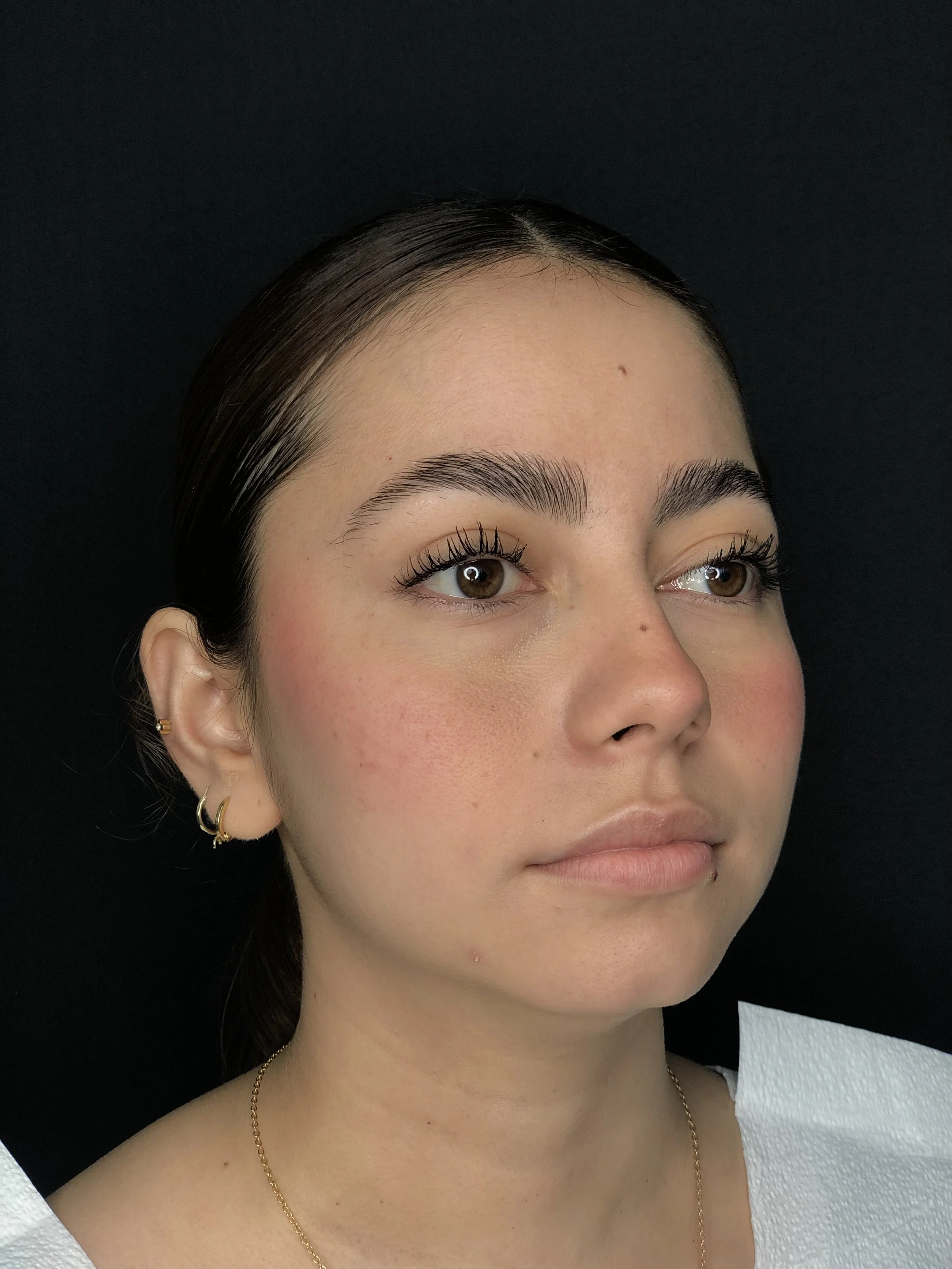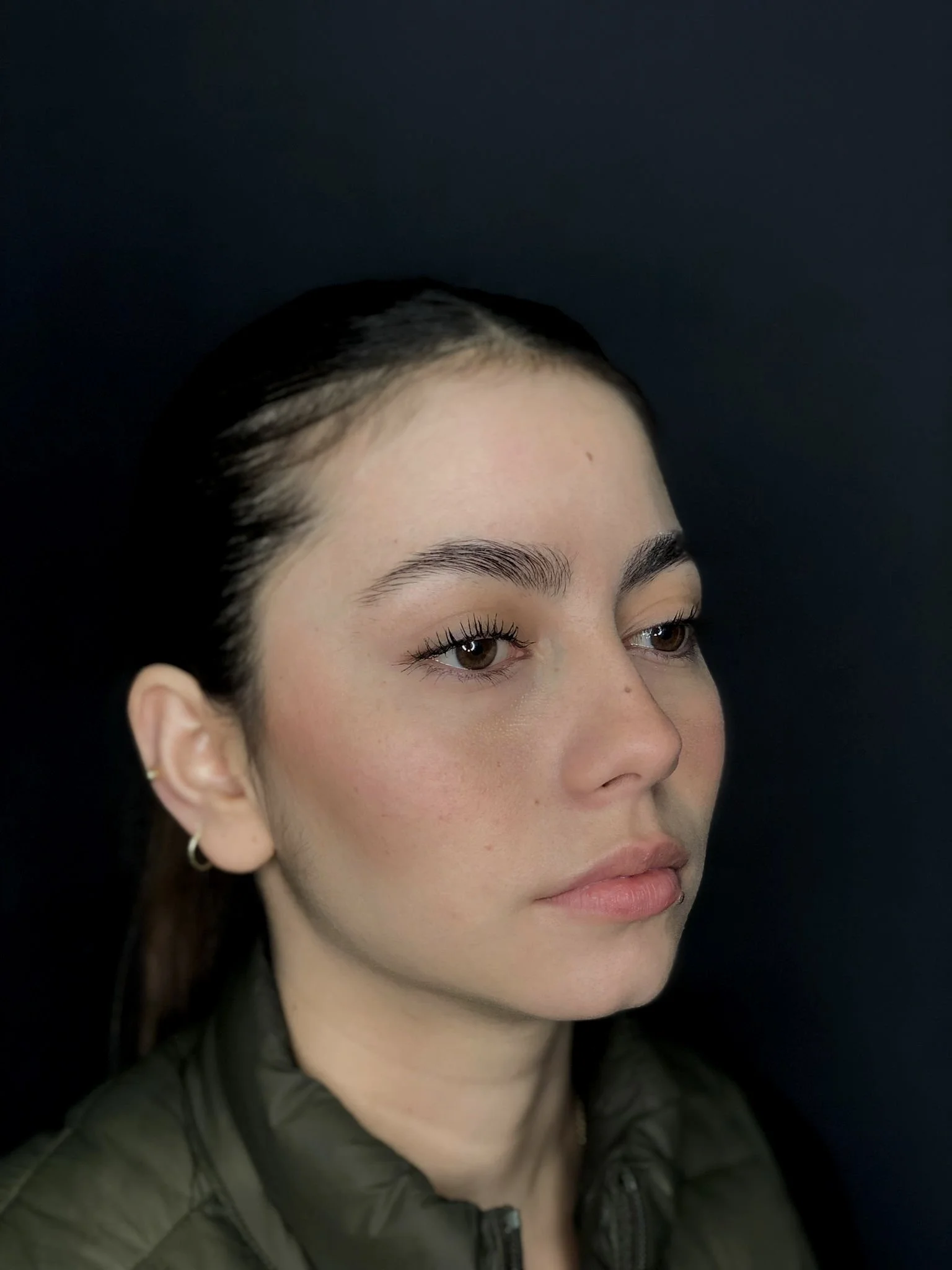Otoplasty
Trusted with Faces in Mexico & USA ®
Everything you need to know about otoplastys
What is a Otoplasty ?
Otoplasty is a cosmetic surgical procedure that is performed to reshape the ears. The goal of otoplasty is to improve the appearance of the ears by correcting deformities, positioning, or size.
It is commonly performed to correct prominent ears by pinning them closer to the head The surgery can be done on children and adults and usually involves reshaping the cartilage of the ears.

Otoplasty can address a variaty of concerns, including:
During an otoplasty procedure, an incision is typically made behind the ear to access the cartilage. The surgeon then reshapes or repositions the cartilage to achieve the desired ear shape. The incisions are usually placed in natural creases or behind the ear to minimize visible scarring.
Otoplasty is often performed under local anesthesia with sedation or general anesthesia, depending on the extent of the surgery. As with any surgical procedure, otoplasty carries risks such as infection, bleeding, asymmetry, or changes in sensation.
Protruding ears: Otoplasty can be used to pin back ears that stick out prominently from the head.
Reshaping misshapen ears: Otoplasty can correct ear deformities, such as lop ear, constricted ear, or shell ear, by reshaping the cartilage.
Ear size reduction: Otoplasty can reduce the size of large ears for a more proportionate appearance.




